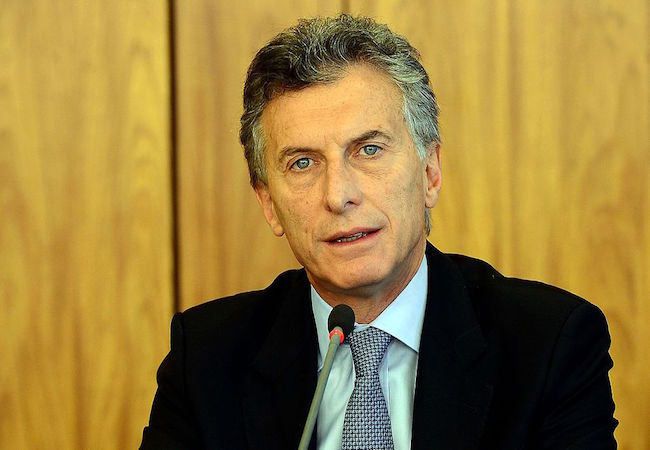Fed hikes rate to 0.25% in unanimous decision; positive reaction from markets

The United States Federal Reserve on Wednesday delivered its first interest rate hike since 2006, with the decision a unanimous one. The central bank raised its key federal funds rate to 0.25%, up from at or near zero percent for the last seven years.
“The first thing that Americans should realize is that the Fed’s decision today reflects our confidence in the U.S. economy,” Fed Chair Janet Yellen said in a news conference. “While things may be uneven across all regions of the country, we see an economy on a path of sustainable improvement.”
Policy makers separately projected a rate of 1.4% by the end of 2016, implying four quarter-point rate hikes would be coming in the New Year, unchanged from its prior stance.
The federal funds rate represents what banks charge each other for overnight loans. It serves as a benchmark for banks’ and other lenders’ higher-rate loans for everything from mortgages and credit cards to small business loans and corporate bonds.
Shortly after the Fed’s rate decision, major banks including Bank of America, Wells Fargo, JPMorgan Chase and U.S. Bancorp announced hikes in their prime lending rates, from 3.25% to 3.50%.
The new policy represents a calculated risk that the US economy, which continues to rebound from the devastating housing crash that shook the global financial system, is healthy enough to start withdrawing the extraordinary financial support provided by the Fed in the years following the meltdown.
“This is really just the beginning of the return to normalcy,” said Peter Conti-Brown, a legal studies expert and financial historian at the Wharton School at the University of Pennsylvania. “There are years ahead of us where the Fed has to make decisions to put interest rates back at their historical norms.”
Although Yellen has signaled that the time is ripe to begin normalizing monetary policy, the decision remains contentious. Many investors and Wall Street forecasters have urged central bankers to tighten policy, warning that extending the period of near-zero interest rates could unleash inflation.
Other economists, pointing to weak inflation and arguing that the nation’s low unemployment rate understates the amount of slack in the economy, fear that hiking rates could halt the recovery in its tracks.
Fed officials clearly feel the economy, while bearing heavy scars from the 2008 financial crisis, is sufficiently healed to act now. The much-anticipated “liftoff” in rates comes amid economic data showing steady hiring, consumer spending and other signs of strength.
“A range of recent labor market indicators, including ongoing job gains and declining unemployment, shows further improvement and confirms that underutilization of labor resources has diminished appreciably since early this year,” the Fed said in its policy statement, saying in its policy statement that economy is growing a “moderate” pace.
Fed median forecasts project the economy to grow 2.1% this year and for unemployment to remain at 5%, consistent with the last forecast in September, the central bank said in its latest economic projections. It sees growth reaching 2.4% in 2016, with the jobless rate falling to 4.7%. Fed expects growth of 2.2% and 2% in 2017 and 2018, respectively, and for longer run unemployment to remain below 5%.
By contrast, inflation remains below the Fed’s 2% target, a sign the economy continues to operate at less than full capacity. The personal consumption expenditures index — the Fed’s preferred measure of inflation — stood at 0.2% in October, a far cry from the central bank’s goal.
Another gauge of inflation had the cost of living holding steady in November. The consumer price index, excluding food and energy, rose 0.2% in November for a third consecutive month, the government reported.
In June of 2006, the last time the Fed raised interest rates, the U.S. unemployment rate was 4.6% and core CPI was 2.6%. That compares with a current jobless rate of 5% and inflation of 1.9%.
Fed officials expect inflation to start edging higher once global commodity prices stabilize and the dollar halts its advance.
The rate hike “reflects the committee’s confidence that the economy will continue to strengthen,” Yellen said Wednesday in explaining why the launch from zero has finally arrived.
Wall Street welcomed the decision, with the Dow adding more than 200 points and the S&P 500 returning to positive terrain for 2015.




